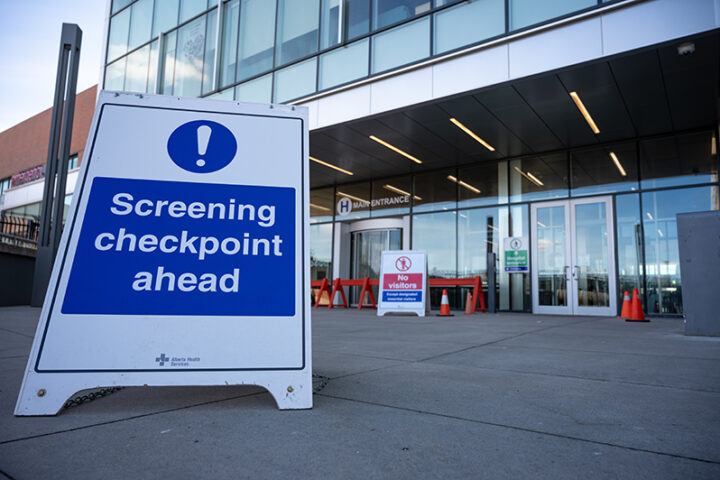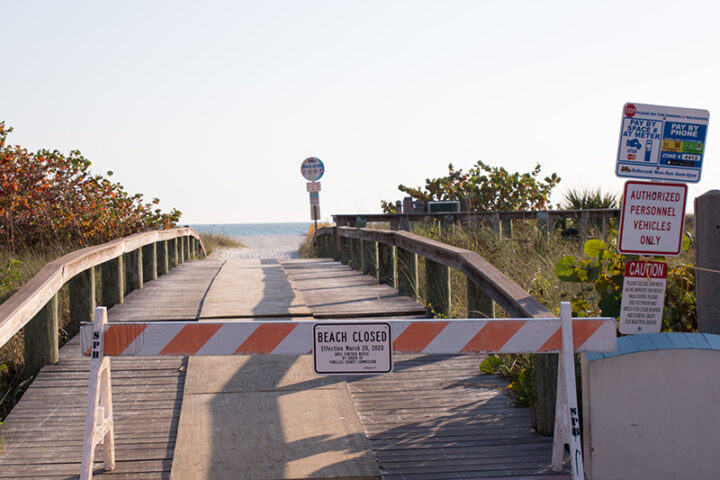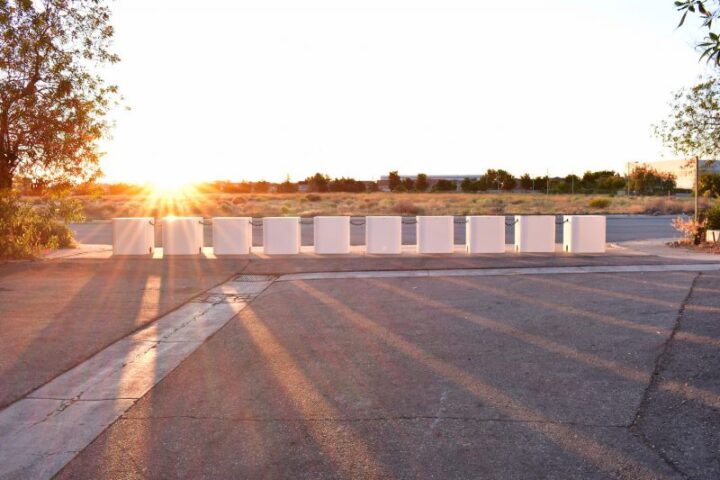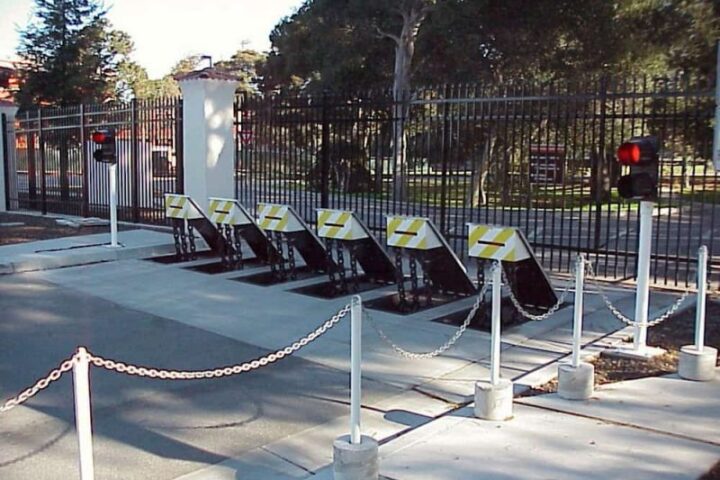Enhancing Physical Security for Health Care Facilities During COVID Response
During a public health crisis such as the COVID-19 pandemic, medical facilities and personnel are even more critical than usual. While trying to care for patients infected with the novel coronavirus, health care providers have faced challenges such as lack of personal protective equipment, insufficient supplies of respirators, and overwork, as well as the risk of contracting the illness themselves or passing it on to their families.
Handling Closings and Restrictions Through the COVID-19 Crisis
As the pandemic continues to wash over the country, state and federal parks and services are drowning in closures and occupancy restrictions. Unfortunately, citizens are looking for solace away from quarantine procedures in the majesty of nature. This puts undue strain on the National Park Service that wasn’t designed for long-term regulations to minimize exposure. Fortunately, there are many ways that location managers can mitigate the disruption in service with either temporary or permanent barrier systems. Using simple methods to upgrade security procedures can help facilitate easier transitions as these places are reopened to the public.
Security When Space Is at a Premium
Security teams and building designers have long had to deal with an important balancing act. Pedestrian safety is important, but oftentimes it comes at the cost of aesthetics. In addition, with the advent of social distancing, creating pathways for high foot traffic areas is an even greater challenge.
A Case For Being Prepared
While many things have changed due to the worldwide pandemic, some things still remain the same. The threats of vehicular violence are still present even though collisions have become less frequent and traffic, in general, is at a significant low thanks to COVID-19. Preparing for such instances remains a high priority, and those institutions that take preemptive action stand to prevent major incidents before they start.
The Damage Caused By Hoarding During the COVID-19 Crisis
The COVID-19 pandemic is drastically changing the lives of everyone around the globe. While people can hope that global citizens will work together to overcome this crisis, there are always those looking to either profit from the situation, or only think about their own well-being. There are people who rush to stores during any emergency, grabbing up food and other supplies as quickly as they appear on the shelves. Unfortunately, during a long-term event like the pandemic, hoarding may cause even more harm than leaving a family without toilet paper.
Extremists Take Advantage of COVID-19 Confusion
As local and global communities band together to help stave off the worst of the COVID-19, the threat from infection is enough for most people to worry about. For some, it is an opportunity to learn new ways to deal with everyday life while remaining safe. For others, it is exactly the kind of chaos that can be exploited to relay a message of terror. While individual security is important, organizations need to recognize that this pandemic offers more threats than just the virus.
COVID-19 Presents a Crowd Control Conundrum
The threat COVID-19 presents has taken many by surprise, illustrating how people have taken parties, office work and even grocery shopping for granted. Because it can easily be spread, the virus has made social distancing the new norm. As seclusionary practices are being enforced throughout the country and the world, security personnel are faced with new challenges in crowd control.
Coronavirus and Mail Safety
When global issues arrive, it pays to be prepared. The coronavirus took the world by storm, forcing employee and citizen seclusion as well as quarantine procedures across the globe. Because many illnesses can be transmitted by touch and tend to live a long while outside of human hosts, the prospect of contagion transmission is perceived to be high. The real question remains: how contagious is COVID-19 via mail and package delivery?









